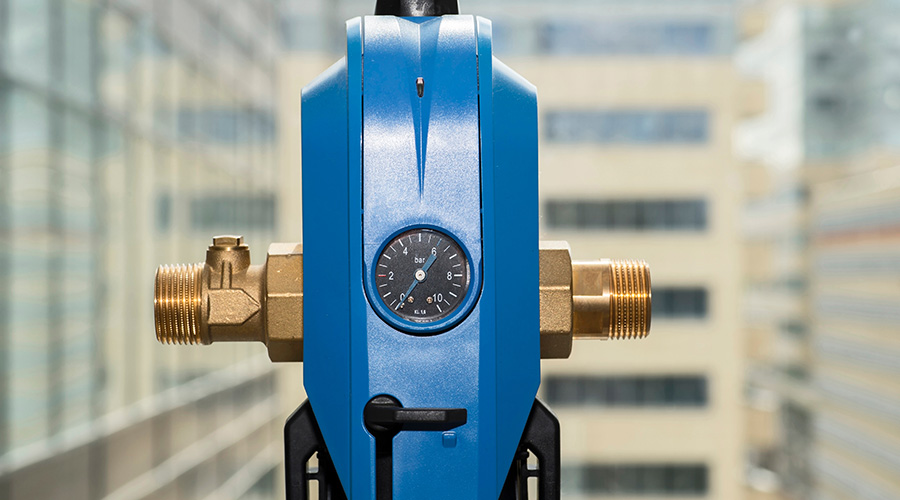Plumbing Retrofits: Setting Standards for Success
February 9, 2011
I'm Dan Hounsell, editor of Maintenance Solutions magazine. Today's topic is, successful plumbing retrofits.
One proven strategy for maintenance and engineering managers to successfully specify plumbing and restroom products is to develop a manual of standard practices related to these products by searching trade literature and online resources, as well as talking with vendors. This approach can benefit managers in several ways.
First, referring to this manual when specifying products ensures the specifier selects a compatible product, technicians install it according to code, and inventory costs remain low. Also, the manual provides a ready reference when comparing and evaluating new products, and keeping the plumbing and restroom equipment up to date.
One key feature of the manual is the standard source list. This list describes each restroom component group and the authorized suppliers, and it provides supplier contact information. Examples of component groups are baby-changing stations, door hardware, dispensers, electrical equipment, hand dryers, partitions, urinal screens, plumbing fixtures, tile, and trash receptacles.
Specification standards generate savings because they limit duplication of parts, assemblies and services, and they ensure predictable costs and timely delivery.
One final benefit is a limit on so-called attic stock. Management sets a dollar limit on the amount of spares and leftovers from earlier construction projects that can accumulate, thereby keeping a cap on inventory costs and required storage space. Managers often can sell the excess back to the supplier.
Next
Read next on FacilitiesNet







